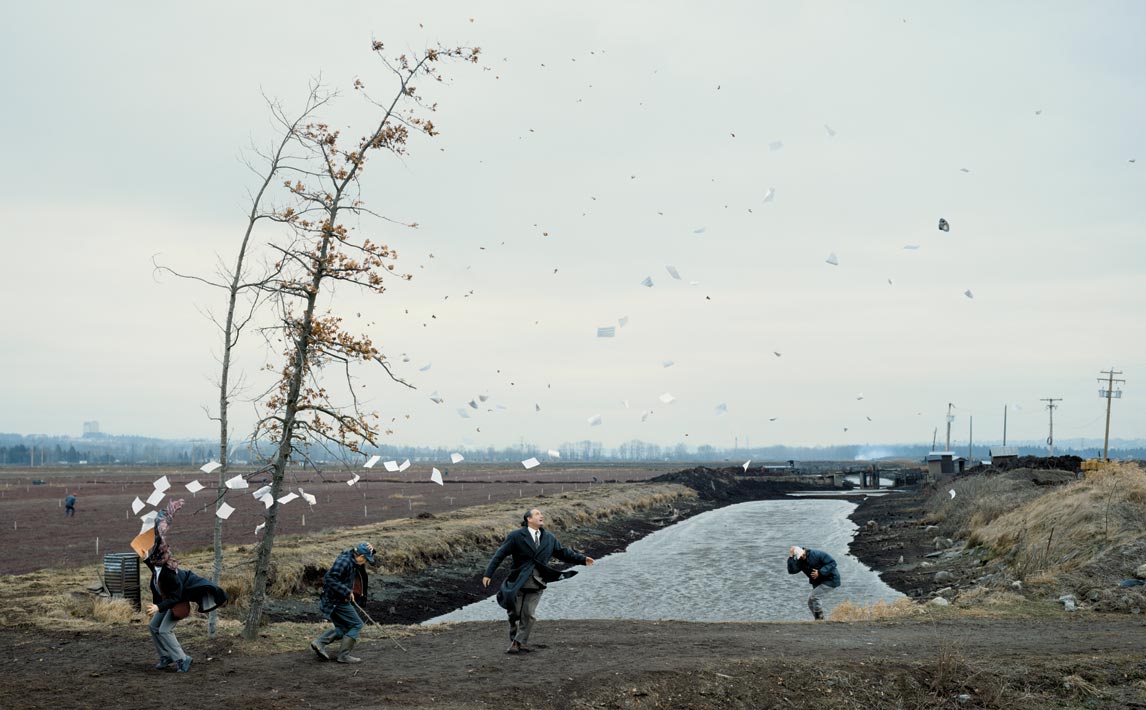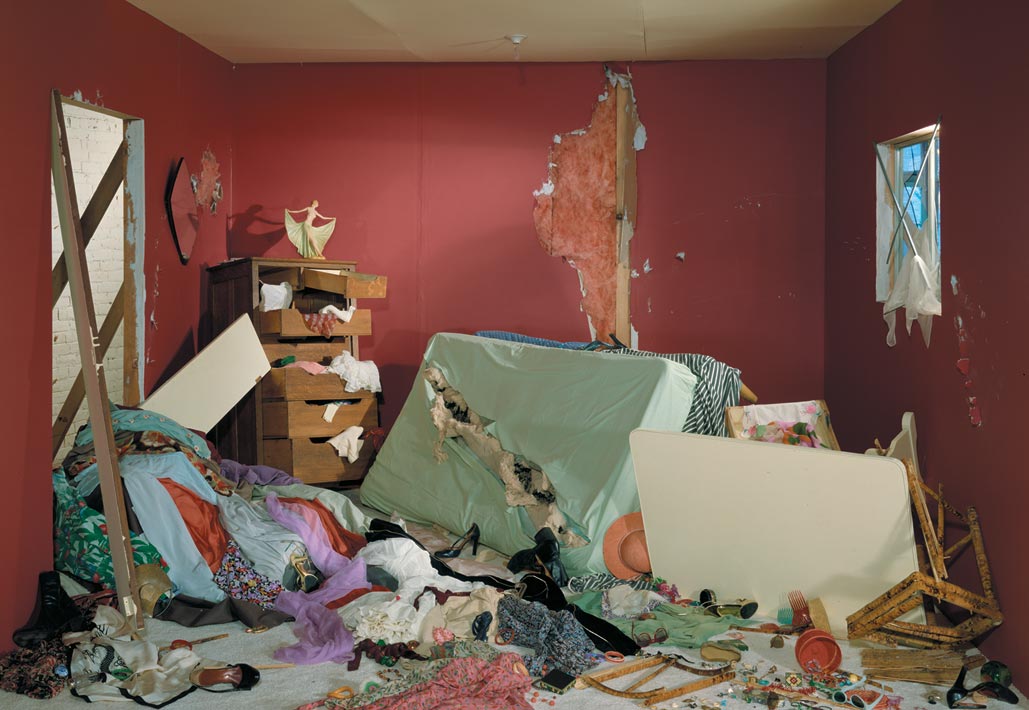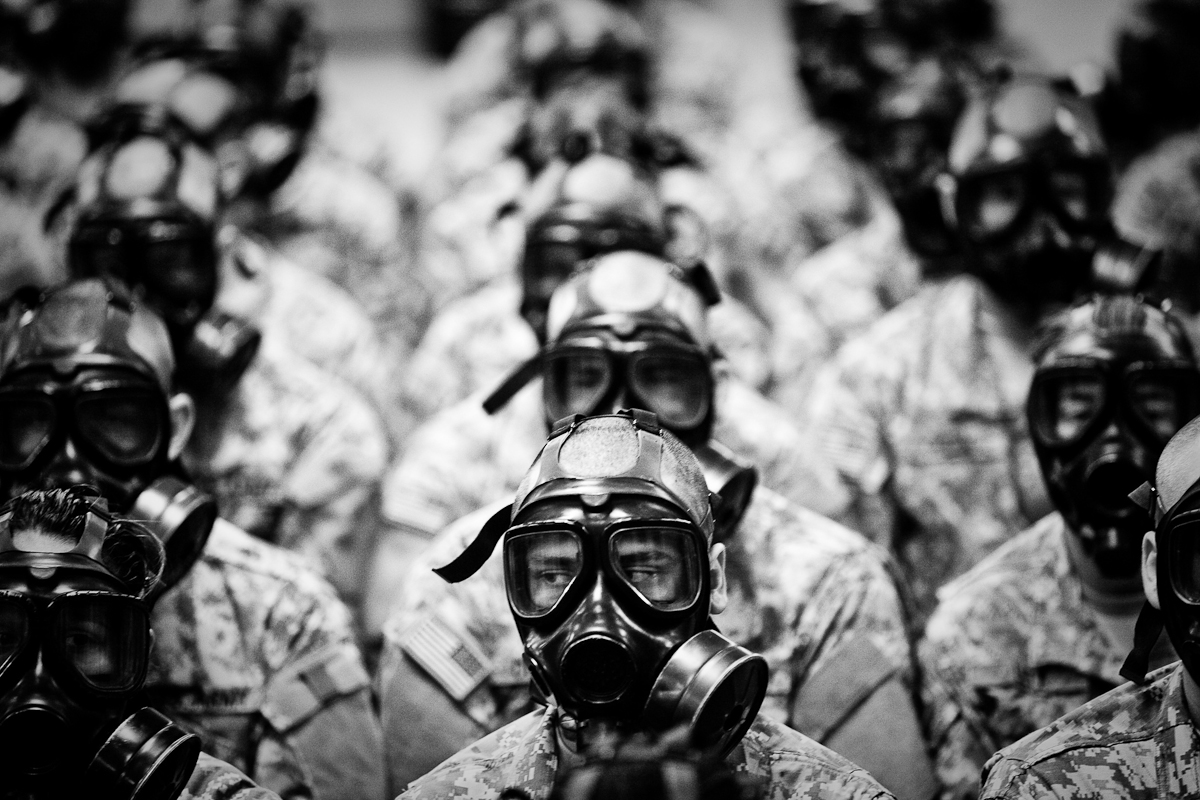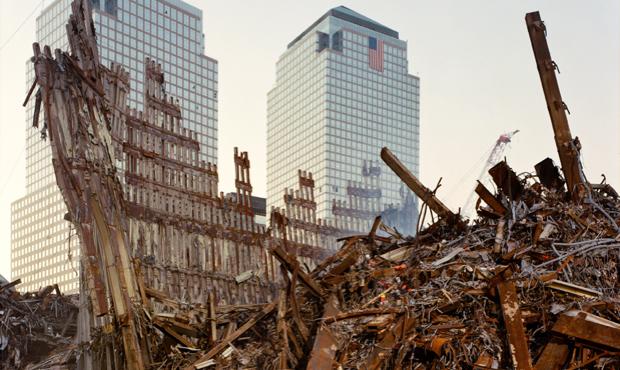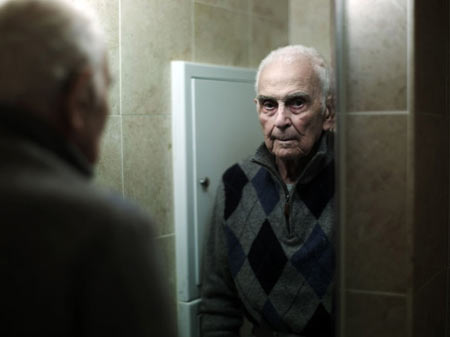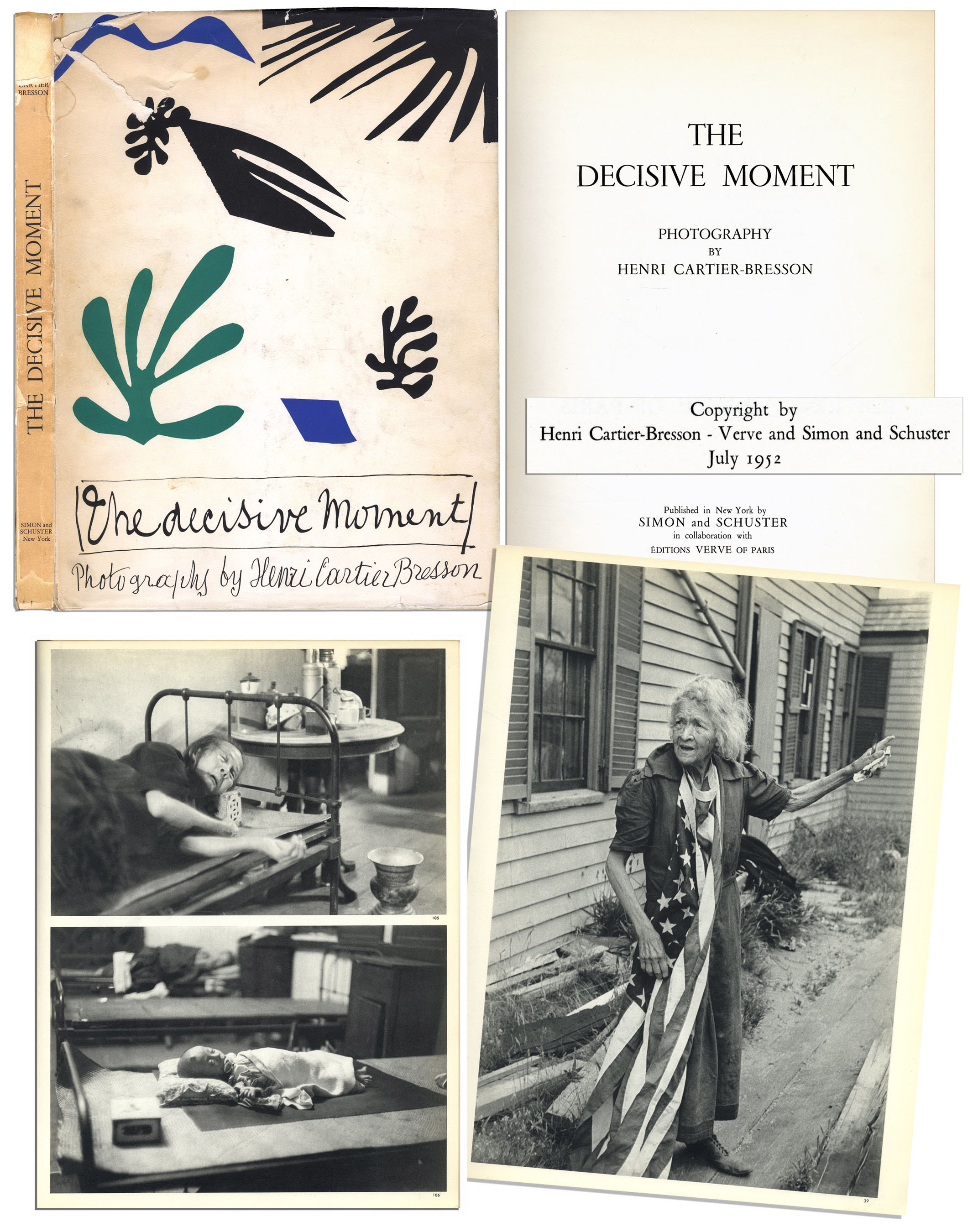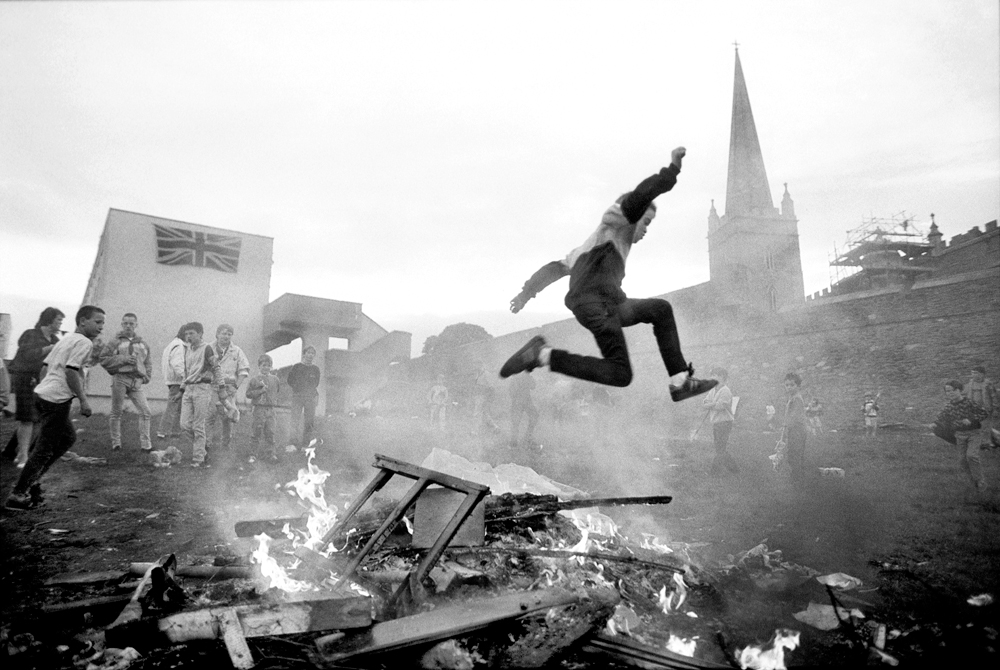“I hope we continue to remember Chris by living our lives with the compassion and thoughtfulness that he expressed to so many of us during his brief time here on earth”
Inge Hondros, Chris’ Mother: tribute the her son after his untimely death

Chris Hondros was an American photojournalist and war photographer known for his frequent documentation of warfare in the middle-east. Hondros became highly credited as a photojournalist, becoming a twice Pultizer Prize finalist for ‘Breaking News Photography’. His career in photography lasted for 21 years, cut tragically short by his death in 2011 in the hand of pro-Government forces whilst covering the Libyan Civil War.
Early Career
Born in New York City in 1970 to Greek and German immigrant parents, the family moved to North Carolina where Hondros spent the majority of his childhood, graduating from Terry Sandford High School in 1988. A talented writer, Hondros studied English Literature at North Carolina State University,working for his campus newspaper. Hondros developed an interest for photography during this period and in 1991, he submitted a portfolio of his photography work, gaining a place at the Eddie Adams Workshop. Hondros then studied a Master’s degree at Ohio University School of Visual Communications, before working in New York for as a photojournalist for different Newspapers and Publications.
Break-through
When working as a photojournalist, Hondros developed an interest for War Photography. He started putting himself forward for war assignments in the late 90s, covering a range of European, North African and Middle-Eastern wars including Kosovo, Angola, Sierra Leone, Iraq, and Liberia. He became extremely well known for his work, appearing on the covers of magazines such as Newsweek and The Economist, and on the front pages of most major American newspapers, including The New York Times, the Washington Post, and the Los Angeles Times. Hondros was awarded the U.S. Agency for International development in 1999, and in 2001 was selected for the Johns Hopkins University Pew Fellowship for International Reporting.

A young Palestine boy looks through the hole left by the bullet that killed his mother.
Rise to prominence
Hondros’ big breakthroughs as a photograph came firstly through his series covering the aftermath of thhe 9/11 terrorist attacks. Hondros photographed the wreckage of ground zero, a theme he then returned to in 2010. His second breakthrough was his covering of the Iraq War 2005, in particular a picture series detailing the shooting of an Iraqi Family by U.S. troops, whom they mistook for suicide bombers, resulting in the death of both parents and paralysing one of the five children. This series won him numerous awards, including the Robert Capa Gold Medal, war photography’s highest honor, helping to make his name as one of the leading figures in the world of War Photograhy.
Death
Hondros was killed on April 20th 2011 in Misrata, Libya. He was covering the Libyan Civil War, along with fellow photojournalist Tim Hetherington. Both men were killed by Pro-Gadaffi Libyan Forces, by shrapnel from a mortar shell.
Legacy
Four years after his death, Hondros is considered to be one of the most successful and influential war photographers of the 21st Century. Hondros captivated the problems facing middle-eastern areas in the world, during a rapidly changing political, social and demographic time for Arab and Muslim populations. Hondros’ work showed a sympathetic viewpoint towards the innocent people caught up in the midst of suppressive regimes, civil war, and the rise of Islamic Extremism. Hondros was very much concerned with the devastating consequences these changes had on the people caught up in the cross-fire of war. Hondros strongly opposed the idea of war and attempted through his photography to document an honest representation of the devastations of war. He mad no attempt to glorify war, nor exaggerate it the other way to misrepresent it as demonic. Fundamentally he attempted to show those who viewed his images the truth. He was a true photojournalist, who showed the humanity caught in the cross-fire of war.

